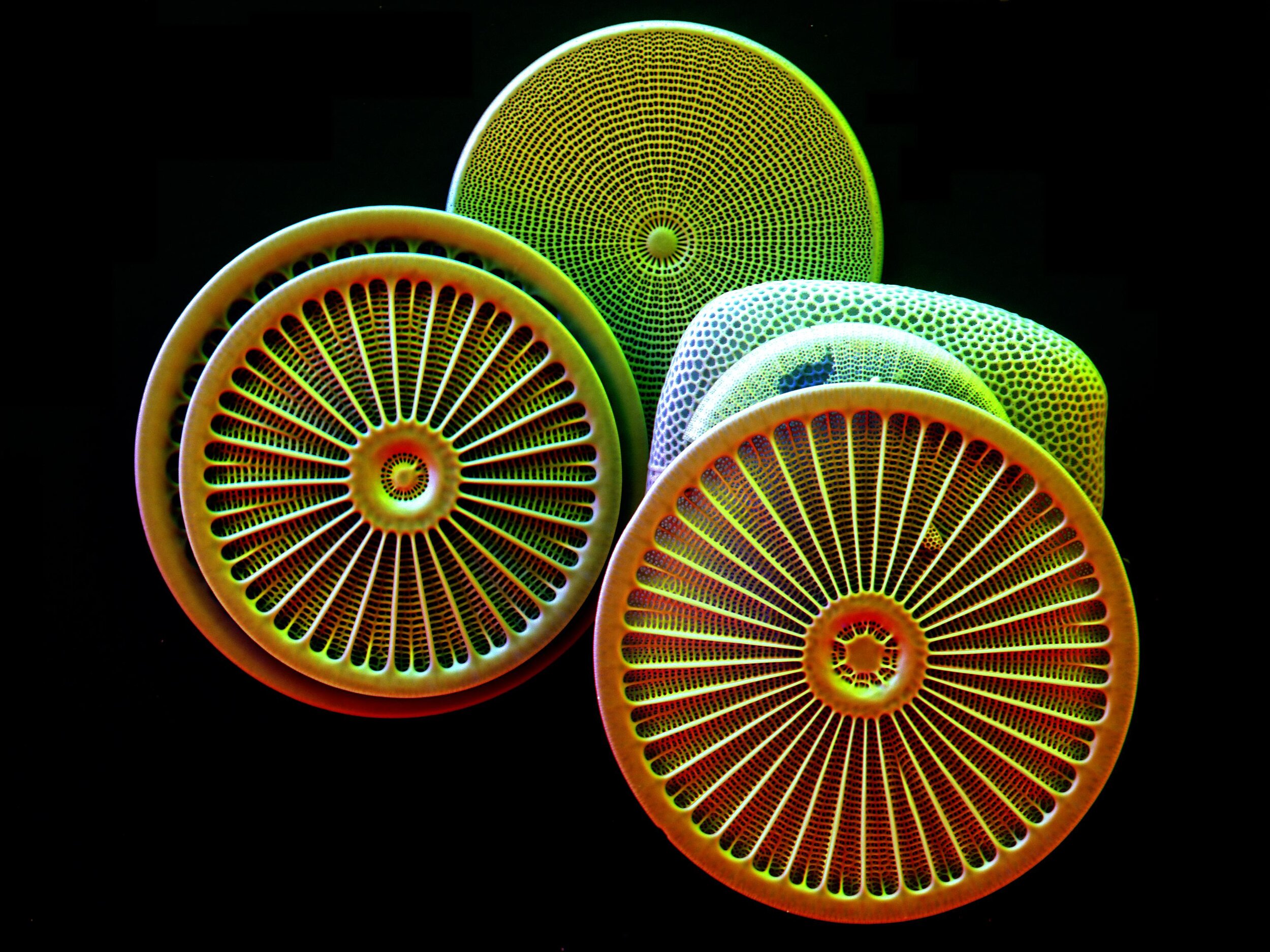It’s late summer, hot, lush, and in full leaf. With the forest edges completely overgrown with vines, honeysuckle, and poison ivy, I miss the openness and clarity of spring. As the plants start to close up shop for the year, I reflect back to when everything was just starting to come alive.
Creating and Comparing Plant Biomass Models--Research Poster
The research poster and presentation from my 2020-2021 undergraduate research assistants. Jen and Jenna, thank you for your work and energy this year —I could not have gotten this far without you.
Rariorum plantarum historia
Rariorum plantarum historia was the magnum opus of one of the most eminent botanists of the European Renaissance: Carolus Clusius. I got to see early botanical books like this one at the rare book room of the Missouri Botanical Garden in 2012. These books present a direct connection to the beginning of the study of plants and a time when botany was at the vanguard of natural science.
Learning to code in R
One of the major tools that I didn't anticipate being so important in research is statistical computing. R is the the most common programming language used in my field, Ecology. Until now, I have been dabbling in R and getting familiar with it, but my time has come to sift through my three years of data and figure out what it all means.
O Christmas Tree
Now, during the twelve days of Christmas, when we have brought all kinds of greenery into our homes, it’s a perfect opportunity to take a closer look at evergreen plants.
Mentorship in the PhD
There has been uproar on academic Twitter recently about a paper that concludes that males are better academic mentors than females for female protoges. It got me thinking about mentorship. Graduate students have an important role in the mentoring ecosystem.
A rambling post about dogs and foxes
My husband and I got a quarantine dog in May along with the rest of the country. He has provided many frustrations as well as many gifts, much like most things that are worth the effort.
Visual communication in science (is terrible)
When I first started graduate school, I could not believe the low-quality presentations and visuals that pretty much everyone was using. We would look more professional and be able to reach a wider audience if our visuals were more compelling. There are a lot of people working to improve this, and I have a few projects myself that are working toward better visual communication. #scicomm #sciart
What is a fruit?
Flowers are the mother of fruit. How does a flower become a fruit? What is a fruit?
Self-Study Lab
This is a self-study lab on exploring wetlands that you and your family or students can do on your own. It requires a smartphone and curiosity. Go explore!
What is a flower?
One of the best parts of spring is the flowers. Flowers bring color and structure to our yards and joy to our hearts, but what is a flower? Like everything else, flowers have cultural and aesthetic significance, but I want to look at flowers under a botanical lens.
Can a ditch by the side of the road save butterflies? Kate's Three Minute Thesis
This is my three-minute thesis talk. I have tried to condense the big idea of my research into three minutes.
Spring from the car window
Spring is here! As early-blooming flowers pop out, it’s a great time of year to learn to recognize plants. If you are quarantined or locked down at home, you may still catch glimpses on dashes to the grocery store or strolls around the neighborhood. Join me to learn what some of those colorful blurs are.
Alternation of Generations
As usual, plants are unique. Plants do not reproduce by gametes to seeds that become plants that make gametes and so on. They go through a process called alternation of generations that includes extra steps. Come for the plant facts, stay for the baby yoda memes.
What is a plant?
What is a plant? There are many deeply strange forms of life on earth that do not conform to our three kingdoms model of the world. What counts as a plant, and what doesn’t? This is the first of a new series of posts that will look under the hood of some everyday plant concepts. We’ll start at the very beginning, asking “what is a plant?” Send me any of your plant quandries and I’ll try to answer them. (Cover image of diatoms--are diatoms plants? Photo by Zeiss Microscopy CC license)
Cran Blog
Cran blog about cran bogs. Cranberries are a delicious superfruit that is native to the amazing New Jersey Pine Barrens. Botany, Ecology, cuisine, oh my!
Conservation in Unexpected Places
Results! These are some results that I recently shared at the Student Conference on Conservation Science in New York. I have summarized the talk I gave there in which I reveal the plant species that I found in detention basins in my 2018 study. In some of my earlier posts, I described the background of the project that I am working on. This one will catch you up on the background, but also give some answers.
Science blooper reel
Five of my biggest science bloopers of the past year. Things do not always go as planned.
Thanks for all the help!
Scientific research is a broad enterprise, and takes a lot of work. Here’s to all the field and lab assistants who have helped me along the way in the past few years!
Making my own map (Object-based imagery analysis of remotely sensed data)
I am working on mapping sites to recognize patterns on the land between plants and stormwater. Object-based analysis is an approach to classification that uses the color of groups of pixels rather than single pixels and adds spatial information to the spectral information. The output of object-based image analysis is accurate categories of fine-scale objects and landscape types along with relationships between them.



















